Frontier
Becoming a State
The land known today as Tennessee was a frontier area before the American Revolutionary War. After independence, its people wanted to join the new republic as a state. In doing so they became a testing ground for the new democracy.
British colonists had poured over the Appalachian Mountains in search of new land after the defeat of the French in the French and Indian War. British authorities had tried to stop them. Under the Proclamation Line of 1763, British King George III had reserved all of the land west of the Appalachian Mountains for Indian tribes.
The settlers who had moved into this area in defiance of the proclamation became less British colonists and more American ones. Their independent nature drew them to rebel against the British. When war broke out between the colonies and the British, Tennesseans for the most part supported independence.
In 1780, John Sevier and Isaac Shelby led a group of East Tennesseans against the British at the Battle of Kings Mountain between North and South Carolina. The British lost.
After the Revolutionary War, the Tennessee-area settlers were anxious to have their own state. In 1784, they established the State of Franklin, but neither Congress nor North Carolina would recognize the new state. By 1789 it had collapsed.
In 1790, North Carolina gave its western area to Congress which named it the Southwest Territory. William Blount was named territorial governor. After a fierce fight in Congress in 1796, the Southwest Territory was admitted to the Union as the 16th state—Tennessee.
Picture Credits:
- A 1977 painting by Louis Glanzman entitled "The Battle of King's Mountain" that depicts fighting that took place between the Overmountain men from Tennessee, Virginia, and North Carolina, and British forces at King's Mountain, South Carolina in 1780. Tennessee State Museum Collection, 80.48.5
- A portrait of John Sevier by Charles Willson Peale. Tennessee State Museum Collection, 1.849
- Painting entitled, “Twenty Brave Men.” This painting was made by Jackson Walker and depicts a conflict that took place during the French and Indian War in Hampshire County, Virginia. National Guard Image Gallery
-
Photograph showing re-enactors of the French and Indian War. This photo was taken at Fort Dobbs, North Carolina in 2007 by photographer Emily Jack. University of North Carolina
- Drawing entitled, “Meeting of Boone and His Brother.” This drawing was published in 1883 by A. L. Mason in his book, The Romance and Tragedy of Pioneer Life. It shows Boone journeying through the wilderness and about to greet his brother in the distance. Library of Congress
- Drawing of Fort Loudoun. This drawing was published in 1974 in the Tennessee Conservationist. Tennessee State Museum Collection
Frontier >> Becoming a State >>
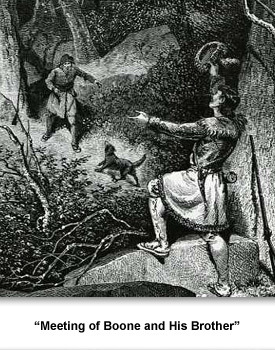
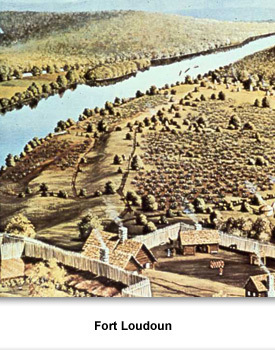
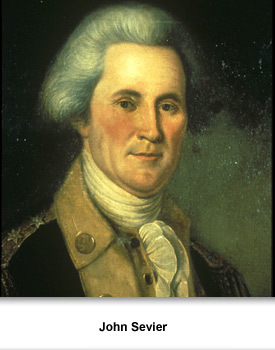
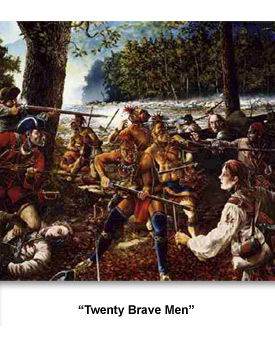
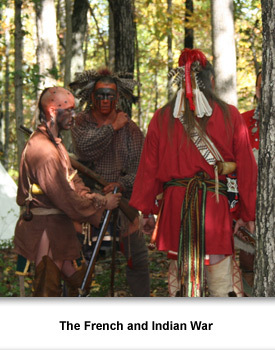
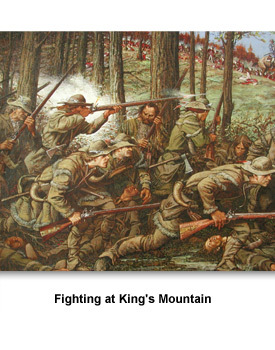
 Sponsored by: National Endowment for the Humanities
Sponsored by: National Endowment for the Humanities